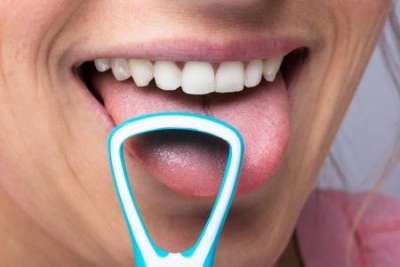
Struggling with bad breath? You’re not alone.
Keep it clean, keep it bright with these simple tips.
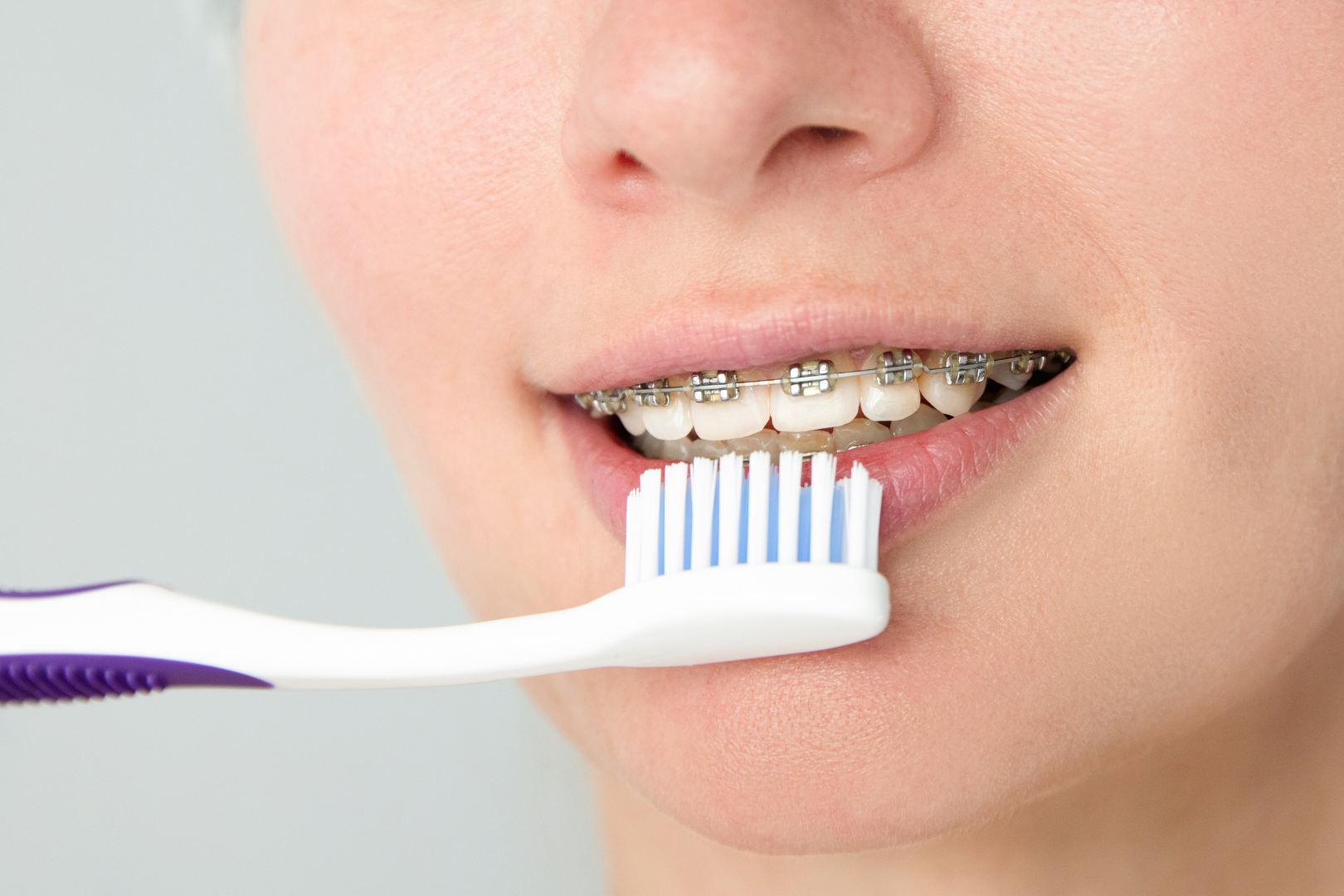
So, you’ve got braces—how exciting! You’re on the path to a straighter, more confident smile. But let’s face it: brushing your teeth just became a little more… intricate.
Those brackets and wires create plenty of nooks and crannies where food and plaque can hide, meaning you’ve got to up your oral hygiene game.
But don’t worry—armed with the right tools and techniques, you can keep your teeth sparkling and your braces free of gunk.
This guide will take you through everything you need to know, from why brushing is so important to the best tools and step-by-step techniques.
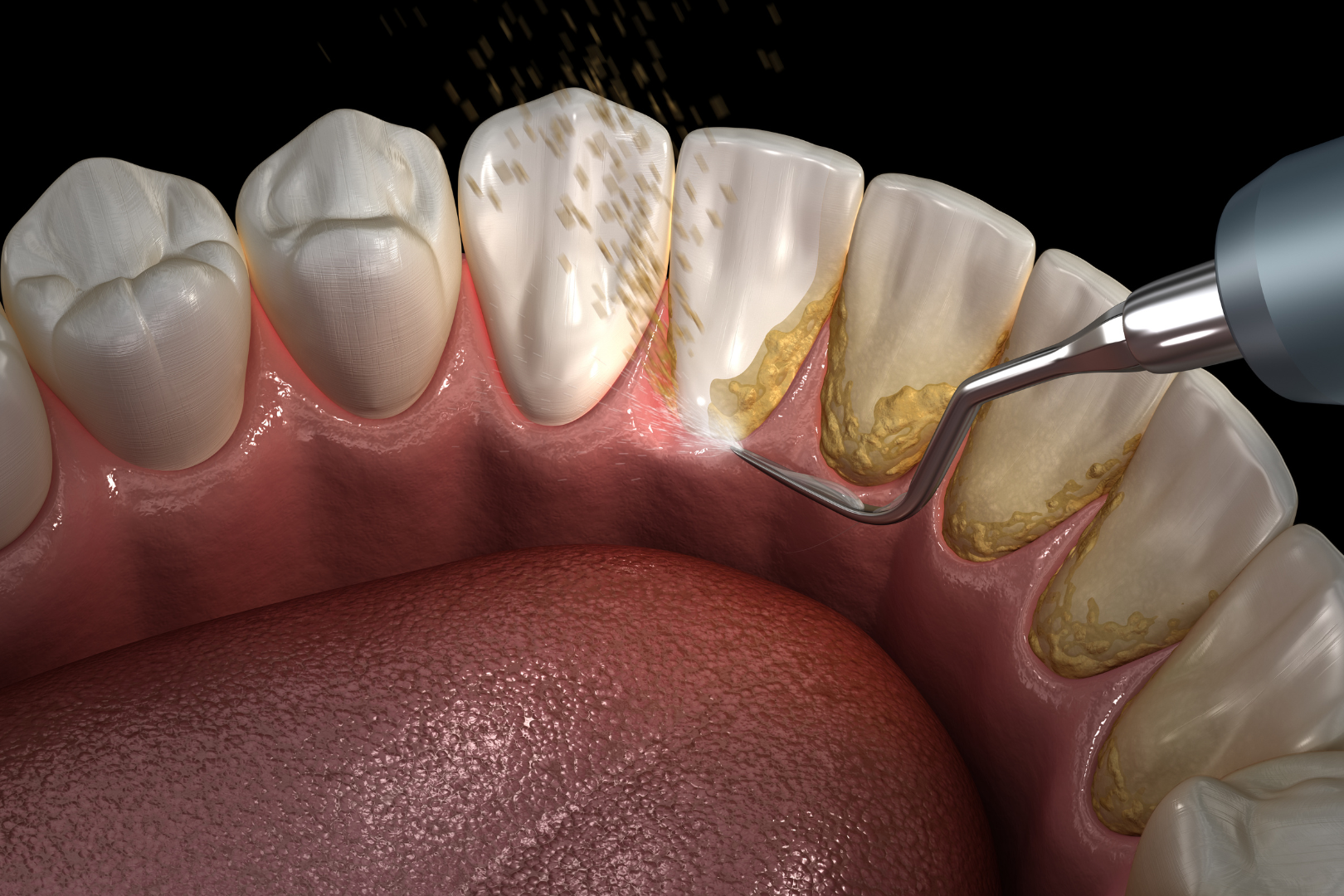
Plaque. The sticky biofilm that forms on your teeth is made up of bacteria, food particles, and saliva. If left unchecked, it can cause tooth decay and gum disease.
Brushing removes plaque, but any left behind will harden into tartar- a stubborn, yellow substance that only your dentist can remove.
Now, add braces into the mix, and plaque removal becomes even more of a challenge. With all those brackets and wires, food and bacteria find plenty of places to hide.
If you miss a spot, plaque can lead to white spots, bad breath, cavities, or even gum irritation. That’s why maintaining a rock-solid brushing routine is key when you’ve got braces.
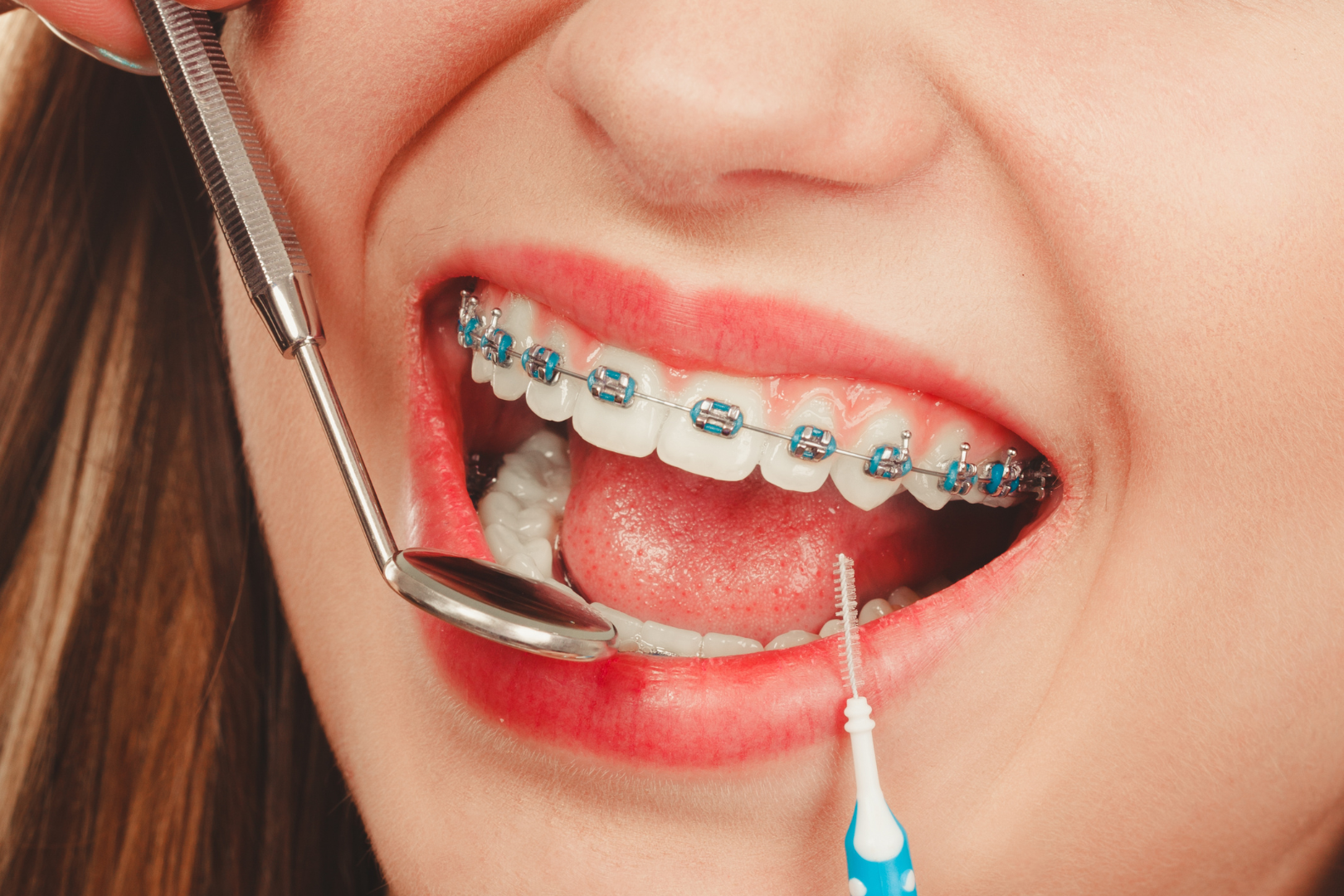
Before we jump into the brushing technique, let’s make sure you’re armed with the right tools. Here’s a quick checklist to make your brushing battle a breeze:
Follow these five steps to get your teeth and braces squeaky clean:
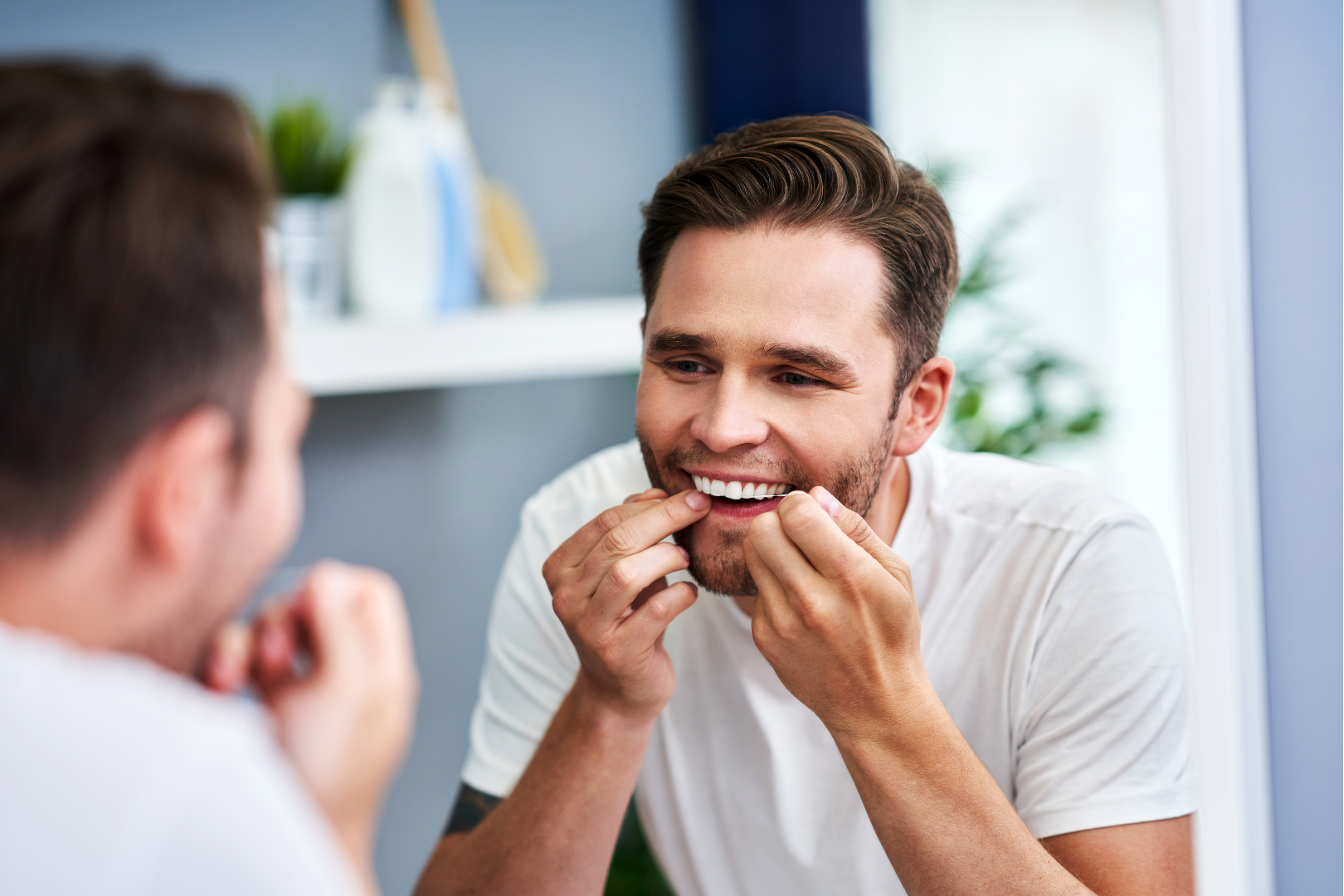
Once those braces come off, your teeth will feel like they’ve been given a spa day! But don’t forget to keep your oral hygiene just as on point post-braces:
Brushing with braces may take a little extra care, but it’s well worth the effort to keep your teeth healthy and your smile bright throughout your treatment.
By staying on top of your brushing game, you’ll prevent cavities and staining and ensure that your straight smile looks its absolute best when the braces finally come off.
And remember, regular dental check-ups are just as important as daily brushing. At Smile Place Dental, we’re here to guide you every step of the way, whether you’ve got braces or you’re getting ready to rock that new, beautiful smile.
Author Summary – Dr Chitra Rao
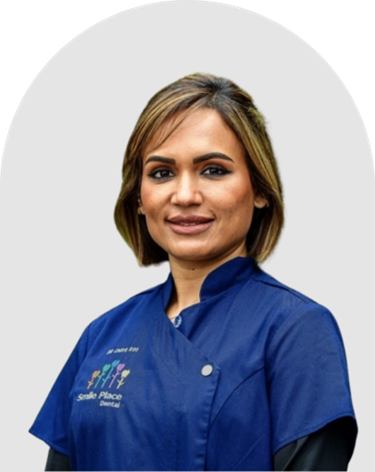
Dr. Chitra Rao has over a decade of experience in dentistry, specifically in the field of cosmetic and orthodontic treatments. Dedicated to achieving optimal results, she takes a detailed and personalised approach to creating beautiful, confident smiles for her patients. Outside of dentistry, Dr. Chitra enjoys staying active, traveling, and spending time with her family.

Struggling with bad breath? You’re not alone.
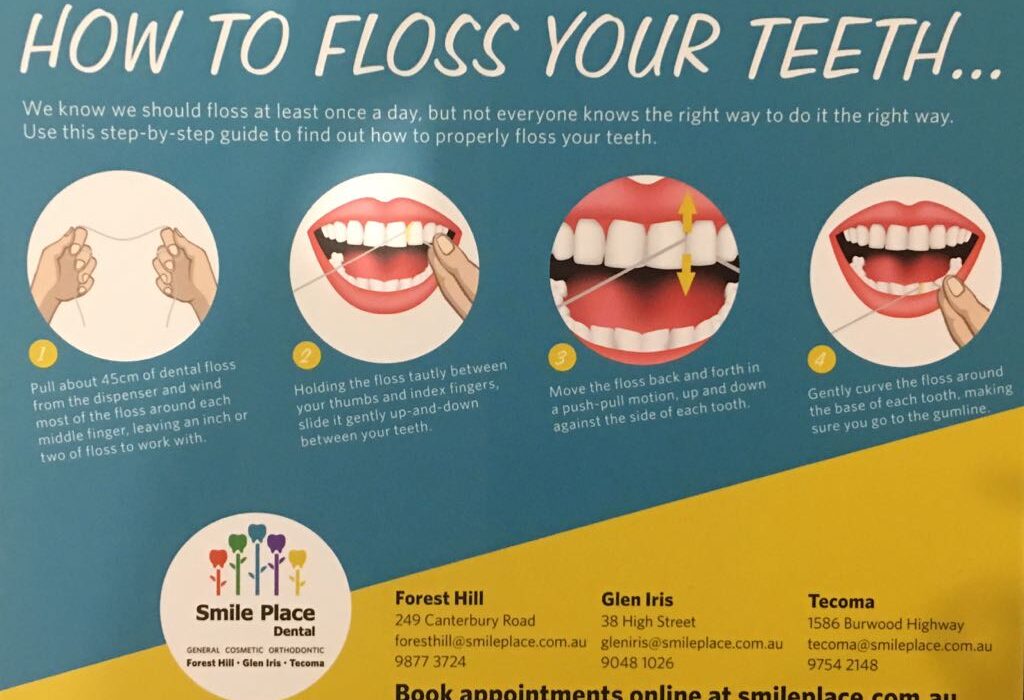
Do you brush twice a day, use a mouthwash, and still struggle with bad breath or surprise cavities? If so, the problem may be caused by inconsistent flossing. Most people skip flossing and those who do floss, often don’t do it right, leaving behind plaque and food debris. The good news? Flossing properly takes just […]

Have you sipped a cup of coffee after a teeth whitening session and wondered if it would undo the effects of your session? Or experienced that odd zing of sensitivity when consuming something too hot or cold? We get it. These are common post-teeth whitening experiences. With the right teeth whitening aftercare, you can achieve […]